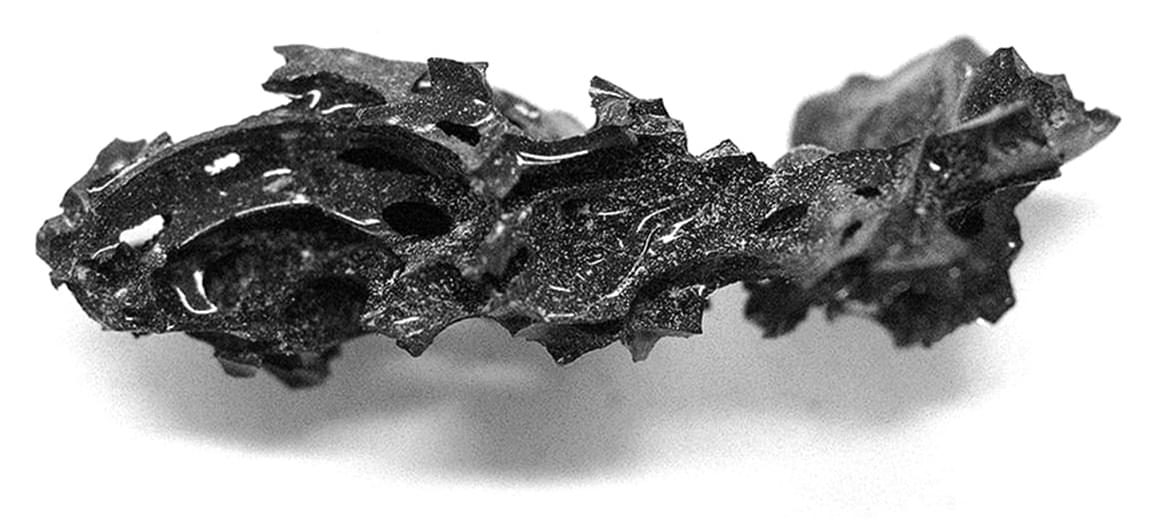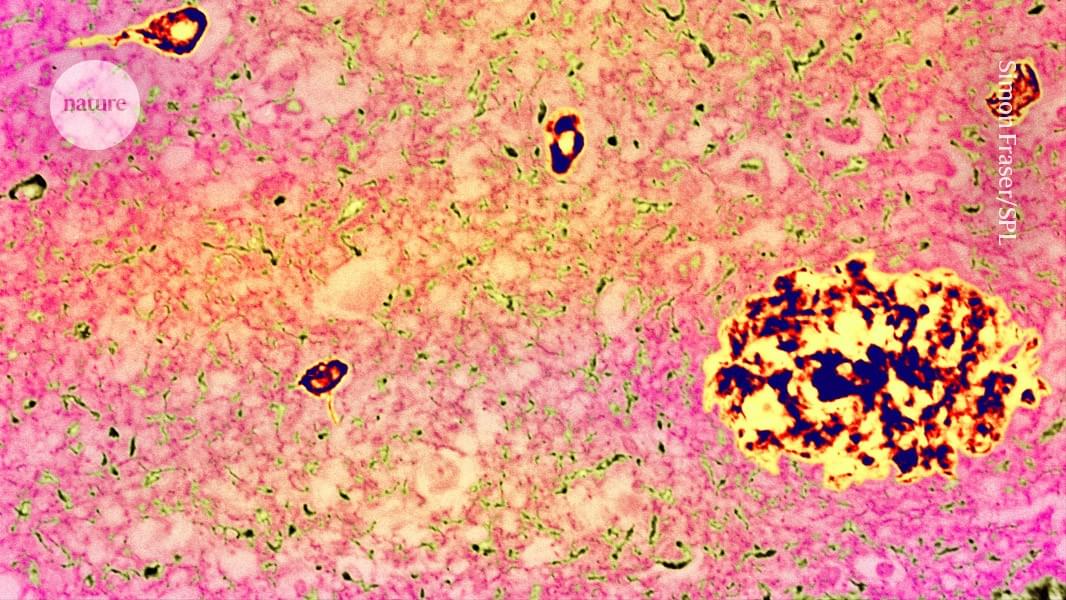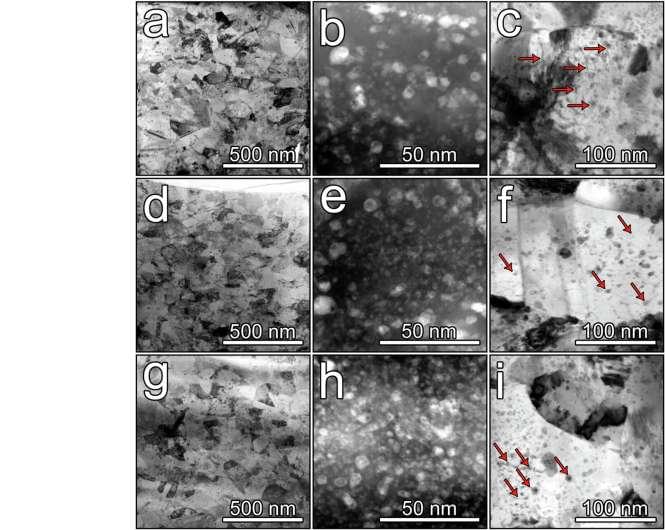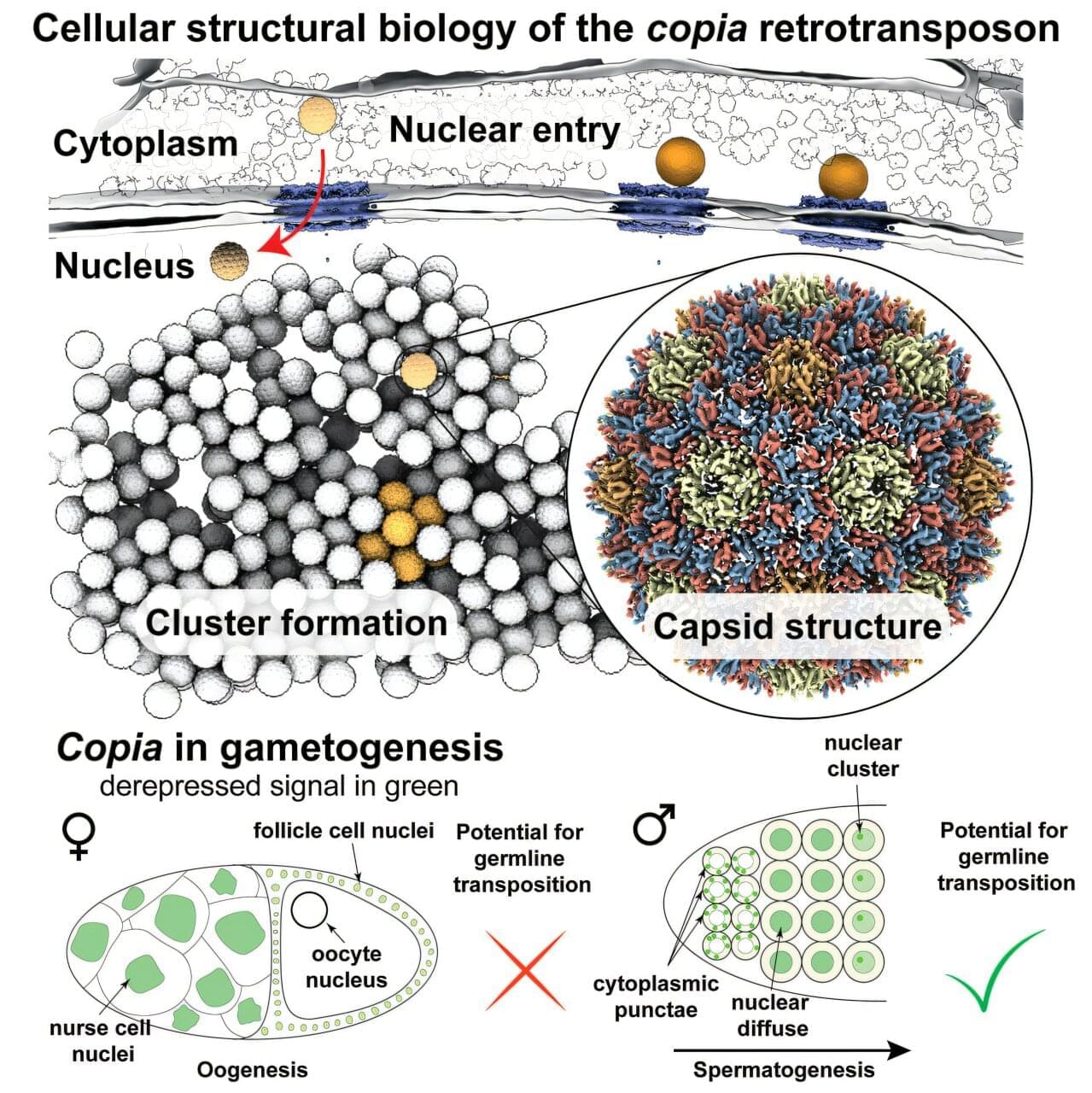While his neighbors frantically fled from their oncoming doom, one man stayed in bed. For whatever reason, he didn’t join the other 2000 residents of Herculaneum—the ancient Roman city just north of Pompeii—as they ran from erupting Mount Vesuvius. The first scorching cloud of ash passed through the city so quickly, it turned his brain into black, glasslike shards. Now, a new analysis of these shards, published today in, offers clues about how the man and his neighbors perished in 79 C.E.
Until recently, scientists believed the people of Herculaneum were annihilated by Mount Vesuvius’s avalanche of hot rock, ash, and gas that buried their city, along with Pompeii. But when researchers announced the discovery of those black, glossy chips in 2020, a new culprit emerged: a swift ash cloud preceding this flood of debris. This rethink, however, hinged on whether the brain had indeed turned to glass.
For glass to form, a liquid needs to be cooled so rapidly that its molecules suddenly “freeze” into a rigid structure rather than forming crystals. For this reason, glass is sometimes referred to as a “liquid solid,” says Brian Wowk, a cryobiologist at 21st Century Medicine who was not involved with the work. Thick blankets of pyroclastic flow–the torrent of rocks, ash, and gas expelled by volcanos–cool off far too slowly for glass to form, says study co-author Guido Giordano, a volcanologist at the Roma Tre University. “Once they’re in place, they can take years to cool down.”








